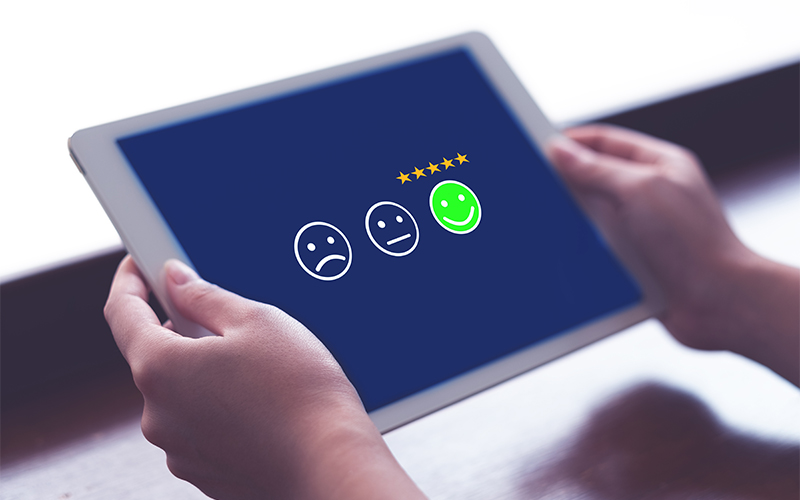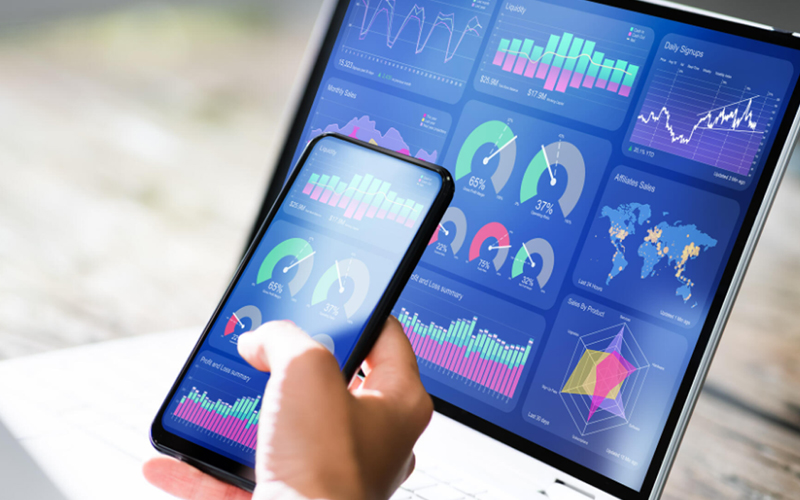The success of a business is assessed based on various metrics. One such important metric is CLV or Customer Lifetime Value. It reveals what you can expect from a customer throughout your relationship.
Customer lifetime value is an assessment of the sum total of the revenue a business is expected to generate from the customer over the entire time span of their relationship with the brand. It is evaluated based on initial purchases, repeat purchases, average purchase value, purchase frequency and customer lifespan.
CLV helps businesses understand the long-term value of each customer, allowing them to make more informed decisions about customer acquisition, retention and marketing strategies. It enables brands to build effective customer loyalty prediction models.
Why is CLV important?
It is a well-known fact that the expense incurred to retain an existing customer is much lower than to attract a new one. Customer lifetime value helps the brand assess customer retention strategies based on customer experience. An analysis of customer lifetime value helps to develop effective strategies to retain customers. This reduces the investment of resources in acquiring new customers. A high CLV indicates that you are implementing the right strategies to retain customers.
What does CLV reveal?
- How much a company can afford to spend on acquiring new customers while still maintaining profitability
- The value of retaining existing customers versus focusing on acquiring new ones
- How much is worth investing in customer experience for a positive ROI
- It enables businesses to identify high-value customers, so they can tailor marketing and customer service to meet their needs
- It enables businesses to optimise their resources. Brands can allocate their resources more efficiently by focusing on strategies that increase CLV, like enhancing customer satisfaction, upselling or cross-selling.
The magic formula for calculating CLV is: Customer value x Average customer lifespan
It indicates in monetary terms how much an average customer can be expected to spend on your brand through the period of their relationship with your brand.
CLV varies with customer segments. For instance, you might have a high CLV for customers who spend more per transaction or if they stay with you for a longer period, etc. A dynamic customer segmentation that builds customer segments based on real-time behaviour helps the business identify factors driving high CLV and spot opportunities to make less valuable customers more valuable.
How to leverage CLV to drive business growth
- Optimise your marketing expenses
- Minimise churn
- Reduce customer experience gaps
- Build new customer experiences
CLV helps you identify which customers are more valuable to you based on which, you can prioritise customer acquisition strategies so that you spend more on areas that will attract the right customers.
Customer-facing teams can leverage CLV data to make informed decisions about which customers to invest in, to prevent churn. This data helps you nurture high-value customers and proactively address their concerns before they threaten to cancel or approach customer support. This enhances customer experience and helps retain them.
You can leverage CLV data to identify the touchpoints in the customer journey that impact the bottom line. You will get an idea about the customer experiences that negatively impact how much your customers spend with you. These insights help you take the necessary action to close all such gaps.
In addition to identifying the negative customer experiences that impact the bottom line, CLV also helps you spot breakthrough ones that have a positive impact. You can leverage this data to scale it across other channels, segments, products, or services to boost customer lifetime value.
How to increase customer lifetime value
- Customise customer onboarding by offering your customers curated item selections and great deals.
- Include chatbots or automated customer support tools so customers can resolve their queries at their convenience.
- Develop an effective strategy to enhance CLV to increase the average order value. You can increase the average order value by recommending complementary products to those a customer is buying.
- Offer targeted discounts to high-value or returning customers to encourage them to make larger purchases.
- Build long-lasting relationships with your customers by connecting with them through different channels. You can also engage with customers on your social media accounts. Ensure that you respond to their mentions, messages, comments, etc.
- Build a community with user-generated content, etc. These interactions will make your customers feel valued and will effectively boost brand loyalty.
In conclusion
The knowledge of Customer Lifetime Value (CLV) is essential for building sustainable business growth. By focusing on long-term relationships with customers rather than short-term sales, businesses can better allocate resources, improve retention strategies and ultimately maximise profitability.
How can Infosys BPM help?
Infosys BPM can help a business boost its customer lifetime value. We leverage the power of data to unlock business value by focusing on business metrics. We extract relevant information from customer data and help businesses make data-based decisions to grow their business.








